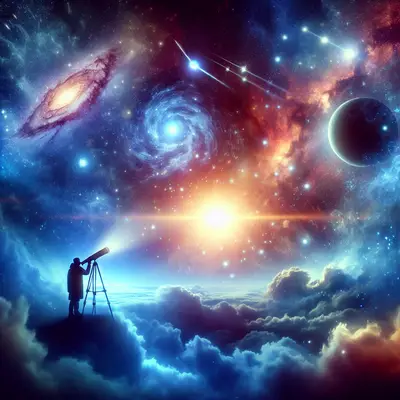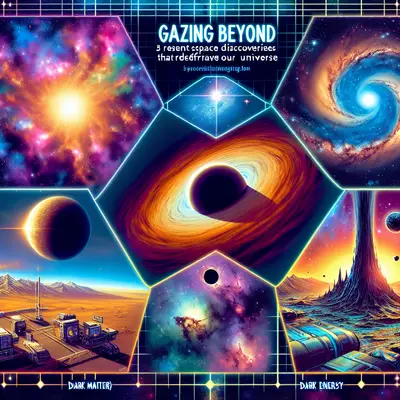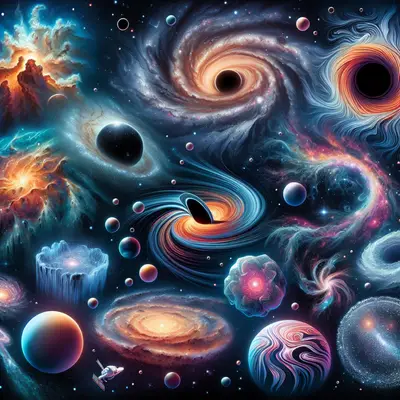The Birth of a Black Hole
Black holes, fascinating and terrifying all at once, are regions of space where gravity is so strong that nothing, not even light, can escape. In a groundbreaking discovery this year, scientists witnessed the birth of a black hole for the first time, giving us unprecedented insights into these cosmic monsters. The event was detected through a sudden burst of gravitational waves, hinting at the dramatic end of a massive star and the inception of a new black hole.
A New Exoplanet in the Habitable Zone
The discovery of new exoplanets is always exciting, but finding one in the habitable zone of its star is a game-changer. The planet, named Kepler-1649c, is located about 300 light-years from Earth and is similar in size. It orbits its star in the so-called "Goldilocks Zone" where conditions could be just right for life as we know it. While we're not packing our bags yet, this discovery raises hopeful possibilities for extraterrestrial life.
The Dance of the Galaxies
In a cosmic ballet, scientists discovered a pair of galaxies spiraling into an inevitable collision. The event, predicted to occur in about 2 billion years, will result in a brilliant burst of star formation. While it's a dance of destruction, it's also a dance of creation, reflecting the cyclical nature of our universe.
The Phantom Neutrino
Neutrinos are elusive particles that barely interact with matter, earning them the nickname 'ghost particles'. This year, astronomers have detected a high-energy neutrino from a flaring blazar for the first time. Blazars are active galactic nuclei with a relativistic jet, and the detection of a neutrino from such an energy-rich environment opens a new chapter in the study of the universe.
The Oldest Stars in the Milky Way
In an awe-inspiring revelation, astronomers discovered some of the oldest stars in our home galaxy, the Milky Way. These stellar ancients are nearly as old as the universe itself and offer a glimpse into our cosmic past. Studying these stars can provide valuable clues about the formation and evolution of galaxies, including our own.
Conclusion
The cosmos continues to captivate us with its mysteries, its vastness, and its awe-inspiring phenomena. As we uncover more secrets of the universe, we are reminded of our tiny, yet significant place in it. Here's to the many more discoveries that await us in the cosmic ocean, as we continue to navigate the starlit path of human curiosity and exploration.



